Did you know that 86% of online shoppers channel hop? It includes hopping not only across online shops but across multiple channels too.

Sometimes, people make online purchases even when waiting in a shopping queue. They seldom want to wait anymore. If an online shopping portal offers a better experience, they will go for it.
Because of such an emerging trend, an omnichannel marketing strategy is essential for your company.
Businesses worldwide are waking up to realize that they need to offer a consistent experience across multiple channels to be on top of their industry.
Your business needs to understand the importance of omnichannel marketing. Only then can you maximize your ROI by creating a unique online experience for your customers.
In this article, you’ll see a comprehensive guide on Omnichannel Marketing. We’ll show you trends, tips, and marketing strategies galore. By the time you finish reading it, you’ll know how to use omnichannel marketing to take your company to new heights.
Let’s begin.
What is omnichannel marketing?
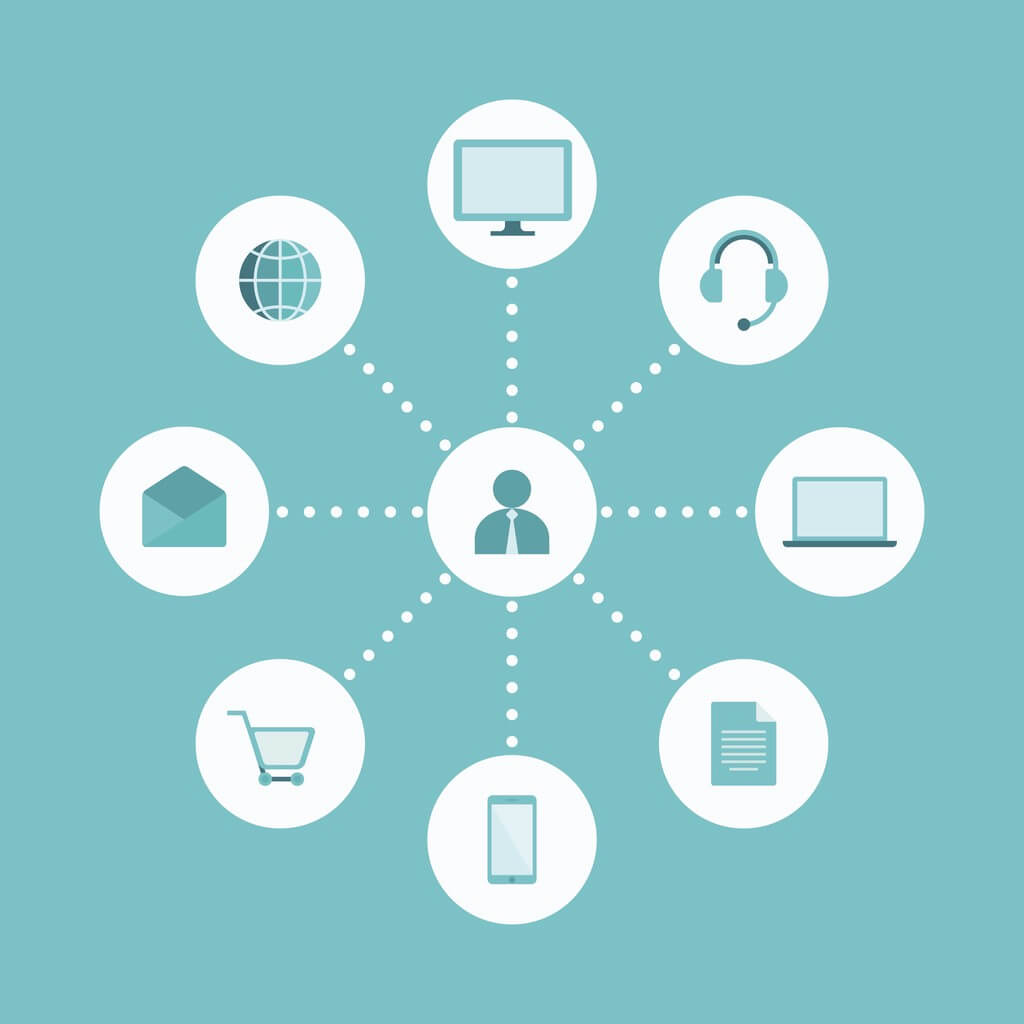
Don’t be scared of the complicated words. They don’t bite!
Before we come to omnichannel marketing, let us talk about single-channel marketing.
Let’s say that you have got a lovely email list of people for your newest sales campaign. Now, again let’s say 20-30% of the readers decide to buy your stuff.
It is single-channel marketing. Instead of emails, it can also be online ads and similar things. You get coupons and leaflets as sales promotion items, which induces you to purchase.
Now, omnichannel marketing can also be named ‘multichannel marketing’ because that is what it is. It is the tactic of creating and enhancing your brand’s presence across multiple channels. Such channels can include SMS, Email, social media, various apps, websites, and online ads.
Besides these, it can also have offline channels like special promotional events, retail store sales promotion tactics, call centre customer service, and others. The aim is to give customers a positive and seamless experience, no matter which channel mix you choose.
Words like ‘seamless’ and ‘positive’ are not thrown around casually. Studies show that 67% of online customers say that they move away from websites offering lousy customer experiences.
Omnichannel marketing is unique because it provides your customers with a positive and seamless experience throughout their journey.
Why is Omnichannel marketing important?
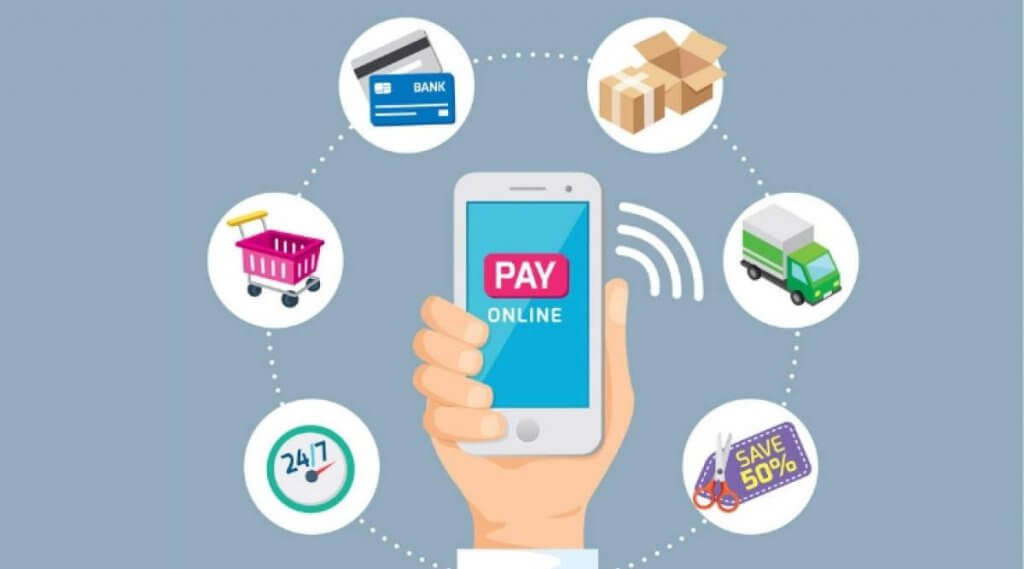
Omnichannel marketing is crucial because it lets you develop a positive experience for your customers. You can do so for every stage of a buyer’s journey.
Take what Starbucks did, for example. They were the first in their industry to develop an app through which people could pre-order coffee and pick it up later. Such a change was revolutionary and soon became immensely popular, especially in the corporate sector. They could now pre-order their favourite coffee brew, pick it up on their way home, and enjoy it at leisure!
Before, they had to go home, tired after a day’s work and make their blend. Through their new app, Starbucks made ordering and paying more manageable. 29% of in-app payments were made through smartphones. Therefore, the company enhanced customer experience and used omnichannel marketing to boost its revenue.
Why do you need Omnichannel Marketing?
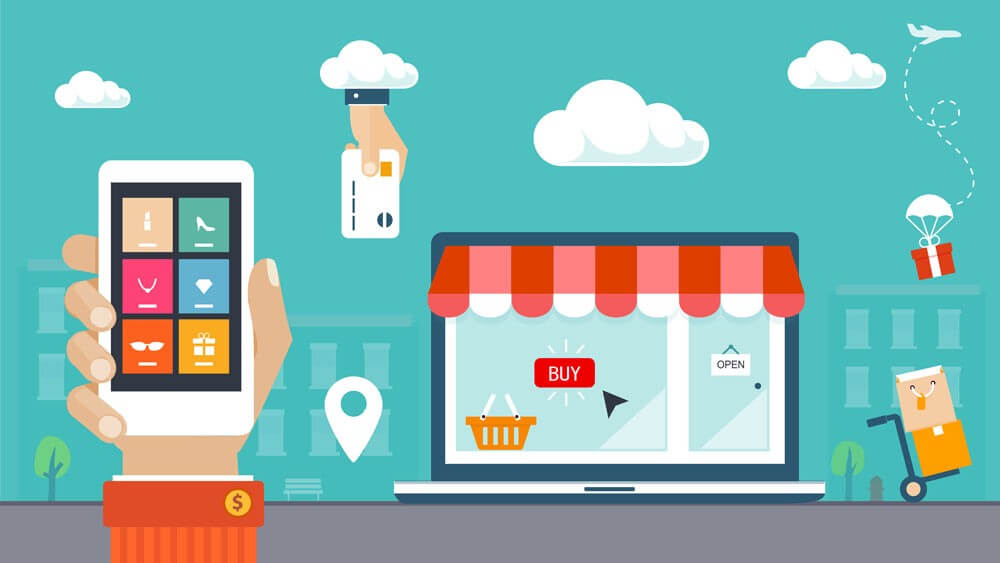
Harvard Business Review teamed up with a significant US retail company to conduct a 14-month long study. The purpose of the study was to understand customers’ shopping behaviour. For this, they interviewed more than 46,000 shoppers.
It is what they found:
– 7% only did online shopping
– 20% only shopped at physical stores
– 73% used multiple channels throughout the shopping journey.
The study also found that the more channels goods and services went through, the more valuable they seemed to the buyers. For instance, it was found that customers going through more than four marketing channels spent 9% more time in stores than those who only went through one channel.
It proves that omnichannel marketing is essential. It is the need of the hour, and customers demand it. Now, retailers around the world have to re-analyze their customer journey. They then have to find new ways to acquire more customers and engage and retain them. It is possible only by offering positive experiences across all channels.
It is time to focus on omnichannel marketing strategies more than the traditional marketing avenues.
Pros and Cons of Omnichannel marketing vs Multichannel marketing

Multichannel marketing shines when you need to grow your reach, expand your customer base and multiply sales. However, there is no transparency between channels due to a lack of cohesiveness.
Instead of working together towards a common goal, these channels compete. All of these result in an inconsistent customer experience across the channels.
Omnichannel marketing ensures transparency and consistency by keeping all touchpoints together and by offering a seamless customer experience.
How to create the perfect omnichannel experience for your customers?

Start by understanding your customers.
Get a profound understanding of the issues they face and how you can solve them. Going back to the example of Starbucks, they found out that their customers’ pain point is that they don’t want to stand in long queues for buying coffee. The company then used this demand to develop an omnichannel experience.
When trying to understand your customers and their pain points, you also need to see:
– What are their challenges? Which devices are they using?
– What is their purchasing behaviour?
– Which platform are they using frequently?
– How do they interact with brands across multiple touchpoints?
Collating this data will help you discover the vital touchpoints to focus on.
Thus, you can make a seamless and customized experience. You can also identify common problems faced by your customers and their solutions.
Now, let’s see how you can build the best possible omnichannel marketing strategy for your purpose.
How to create the best possible omnichannel marketing strategy?
Let us take a brief look at how Disney created an omnichannel marketing strategy that suited their situation. The company did this to improve its customer experience at Disney’s theme parks. This is what Disney did: they streamlined the booking process, added ride timing information, and a host of other amenities on their dedicated app. All these meant that customers no longer needed to stand in long queues.
Exciting, right?
To create an omnichannel like Disney, you primarily need data and a marketing strategy based on it.
Here’s how to create an omnichannel marketing strategy?
1. Plan customer experiences: Understand your customers’ preferred communication channels and their behaviour on all those channels. Then you can create a plan for creating an experience across all those touchpoints.
2. Use data to strategize: You can discover how your customers behave by studying CRM data, customer’s online search behaviour, and social media data. You can then analyze these to understand their pain points and design a solution around them.
3. Personalize their journey by segmenting users: You can easily segment users into multiple categories after data analysis. This division should be based on common behaviour patterns. Segmenting will help in creating personalized journeys for each customer group.
4. Context is crucial: You don’t want to send the wrong message to the wrong customer at the wrong time. If you do so, customers won’t engage with your messages creating an unwanted impact on the brand. So make sure that the messages you send to them are super relevant. Send them when they are most active and on the channel, they frequently visit.
5. Pick the ideal marketing tools: Don’t go by what other companies do. The marketing tools that you need can be different from others. Before selecting, do a comprehensive analysis of your situation and what you require.
6. Your company needs to become customer-centric: Strategies won’t help if your employees are not trained enough to give a consistent experience to customers individually. So, prepare your resources to have a customer-centric approach.
By now, you understand what omnichannel marketing is and how you can create the best possible strategy for yourself.
It is now time to learn how to implement that in your organization.
Here’s how to boost your ROI with omnichannel marketing!
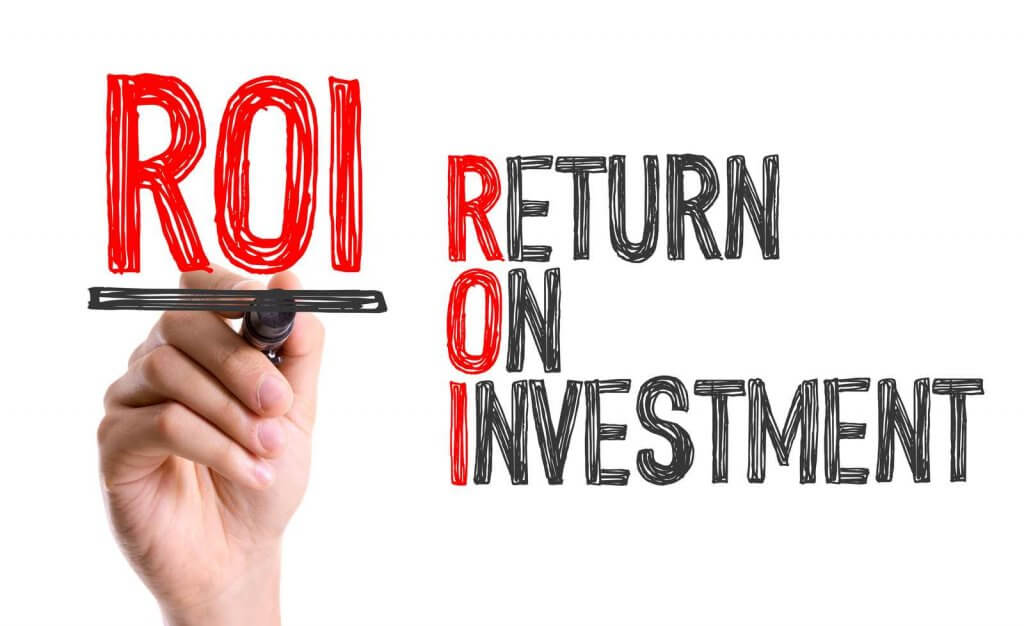
If you want to create the best possible online experience for your customers, you have to convince your management to invest in omnichannel marketing.
Explain how it can boost your ROI. To do that, here are four curated steps.
1. Give consistent messages: Messaging needs to remain consistent across all touchpoints. Train your staff to automate your customer relations by implementing a CRM solution and personalizing content for each stage of a customer’s buying journey.
2. Give a consistent experience: To improve your customers’ LTV (Lifetime Value), your company needs to deliver a consistent experience across the various touchpoints. Align your strategy with an appropriately trained team for smooth and consistent customer experiences. Quickly respond to their queries and feedback provide solutions without any noticeable delay.
3. Consistent communication: It is essential to have consistency across all channels. Thus, customers will remain guided across all the channels during their journey.
4. Data-driven marketing: Personalization is the keyword. Use raw data fetched by a CRM solution to understand your customers. Use the understanding to create engaging content and enhance their interaction with the brand on relevant channels.
Common mistakes and how to fix them

Despite having the best marketing strategy and automation tools, sometimes campaigns fail.
Marketers continue to face problems in developing a consistent omnichannel experience.
It can be due to two reasons. Either they cannot manage data across multiple channels, or they cannot use the data optimally to create the desired customer experience.
What’s the result?
The dreaded customer churn!
Here are seven common mistakes marketers make and what they can do instead.
– Ineffective content strategy: You can’t be successful in marketing without a plan. Understand your customers thoroughly, draft a proper content plan to bring your target audience on the same page, generate relevant and personalized content to invoke their interest and engage them with your brand.
– Not using data optimally: Did you know that more than 79% of the executives believe that companies will fail if they don’t use big data solutions? Sadly, marketers have, till now, not been able to use data for this purpose optimally. We often choose the wrong data or fail to create the most effective strategy optimally. It will pay more to take time and correctly use the available information.
– Isolated analytics: The lines between offline and online channels tend to blur. It is where you may lose tracking the effectiveness of individual touchpoints. It disrupts your strategy. So, why not take all the touchpoints into account simultaneously instead?
– Not taking action on new findings: If you fail to take immediate, actionable steps on available data, you won’t positively impact your strategies. To fix this and implement the latest technology, hire the right resources to analyze the user data and break it into actionable suggestions. The marketing team can then use it for making better effective strategies.
– Ineffective strategy: Poor strategy is the primary reason for poor and inconsistent customer experiences. As a result, you lose them. Take a data-driven and customer-centric approach to develop effective strategies and work with them.
– Implementation failure: Sometimes, campaigns fail due to problems in implementation. It can be due to a lack of cohesion within your marketing divisions. It can also be due to a lack of understanding, or due to a lack of clear goal. Before creating such a campaign, be sure that your personnel know what the aim is, and what each of their roles are. Ensure that they have proper technical knowledge as well.
– Measuring KPI: The entire campaign can be pretty long, and it can be challenging to understand its effectiveness in its entirety. Instead, you can have KPIs to check how many you have achieved at every stage. Breaking down the process into different steps and evaluating their effectiveness exposes anomalies and gives you a better chance to correct them. It helps in ensuring more effectiveness.
Now you know how to create an effective omnichannel marketing strategy.
Finally, it is time to learn about the trends expected to make a significant impact on omnichannel marketing in 2022.
Omnichannel marketing trends 2022

Omnichannel marketing is the big thing that’s set to transform businesses. There are omnichannel marketing trends that stand to make a significant impact in 2022 and beyond. Whether you have just started investing in omnichannel marketing or have been doing so for a long time, it is essential to know what works. You are on the right page if you have yet to try this!
Here are the trends that have a great potential to improve business and related brands.
Omnichannel is better than multichannel.
Omnichannel marketing is customer-focused, while multichannel marketing strategies are brand-focused and channel-centric. In a multichannel strategy, you use various channels to spread your message without paying much attention to individual customer behaviours.
Multichannel marketing aims to reach the maximum number of people using the maximum number of channels. Since it is channel-centric, the success of your promotional message will depend on the channel.
Omnichannel marketing is not focused on platforms and devices. Its focus is on its target audience and thus aims to give a consistent message and a seamless experience throughout all touchpoints.
Omnichannel marketing is more agile and effective and thus will surpass multichannel marketing.
Video marketing is rising

Videos are a dynamic way of disseminating a message. It is becoming increasingly popular with time. More and more companies are investing in video marketing now. If you want to get your news out, a few ways can be better. Go for video marketing to unify your marketing channels and make your customers’ journey engaging.
Videos can :
– announce information about your brand
– showcase your products, services and ideas
– highlight important information
– lower bounce rate on your websites
– give an engagement that is professional and informative
– boost your SEO rankings with long-form video content
Finally, video content is excellent for omnichannel marketing. That’s because these work effectively on social platforms, mobile platforms and physical locations. Thus, you get a unified experience for your consumers.
Site search is becoming more important

A website search.
That’s what a practical omnichannel experience begins with.
It is essential to know what your customers are looking for and when. Only then can you present it to them at the right time.
A common mistake that both big e-commerce stores and smaller companies often make is ignoring internal search functionality. It is a grave mistake. If, even after searching, your website is not found, you can lose a lot of potential customers. As many as 68% of online shoppers won’t return if your website’s search results are poor.
Here’s what you can do.
– Add some more relevant keywords
– Give brand-specific messages
Then your customers shall find what they are searching for, which will boost your sales.
Digital payment trend is on the rise

You may have noticed that even your local shops are now accepting digital payments.
With the constant evolution of the global industry and economy, cash is fast becoming obsolete. Brands are more focused on increasing sales, and thus, we are now relying more on digital payment methods.
Because of changing customer preferences for digital payment, companies have started adopting an omnichannel approach to online payments. If you don’t want to fall behind, you need to ensure that your business supports all payment options. You may even lose customers if you aren’t accepting digital payments.
From 2022 onwards, more and more customers expect to pay digitally for almost everything. Thus, the use of cryptocurrencies, mobile wallets, virtual credit cards, and other online payment methods shall increase.
Offering these payment options will surely help you boost sales brand loyalty and retain customers.
Brick and mortar stores aren’t going anywhere

While this is a digital age and you can buy almost everything online, people still prefer physical stores.
Digital stores and e-commerce platforms give a lot of apparent benefits like lower prices, higher discounts, more choices, and so on. However, there are issues too. Customers don’t like waiting for delivery or buying things with colossal shipping and delivery costs. What may add to these challenges is payment processing issues.
In the case of physical stores, you only need to walk over there. There are no advertisements to bore you.
What does that mean for you?
It means that you can create a relevant omnichannel experience. Here the customers’ journey online needs to sync with in-person marketing tactics. You also need to improve your portal’s Customer Experience or CX.
Is Omnichannel Marketing worth the investment?
You or your company’s marketers may still be asking: is it worth the effort?
Here are some statistics that may show you why it is so important. With an omnichannel marketing strategy:
– Customer retention is +90%
– Marketers are seeing a +250% engagement rate when compared to single-channel marketing
– The value of the average order rose by +19%.
Creating an omnichannel marketing strategy means that your team has a more defined plan to work with. It also calls for combining technical and marketing experiences and studying massive amounts of data.
But in the end, you’ll be able to create refined customer experiences. And that’s what it all matters!

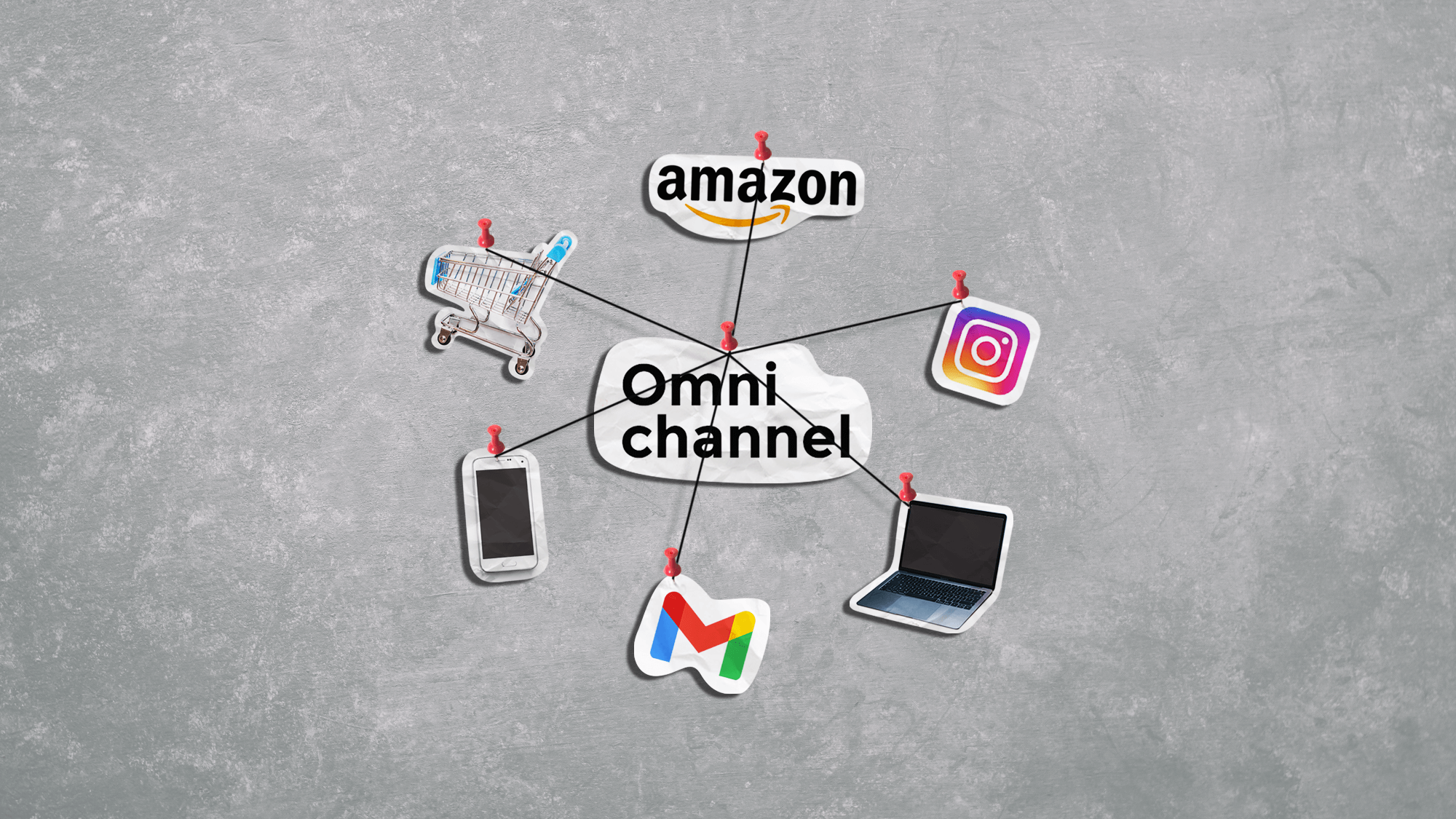



 Branding
Branding Digital Strategy
Digital Strategy PR & Communications
PR & Communications